
Alaska Holiday Packages and Travel Deals
Alaska Holiday packages
PEACE OF MIND BOOKING PLAN
Cooling-Off Period
Change of Mind
On-Ground Support
Prices in AUD
Industry Accredited
Australian Owned & Operated
What our customers say
Awsome Holiday! The best experience Perfectly planned for less hassle 👌 Thank you Cassandra for your help We will definitely be using Entire Travel Group on our next adventure
We had an fabulous trip to Canada and Alaska organized by the amazing Sam Treby. The flights, tours, hotels and pickups for our tours were all spot on. Sam couldn't have been more helpful and knowledgeable, we could not have asked for a better adviser.
We had a perfect trip to Sri Lanka through Entire travel. Tina was amazing at working around our already made plans while also creating an itinerary that we could never have planned ourselves. She was willing to jump in and fix things quickly when something came up and was so easy to deal with when I had a million questions. Absolutely recommend the sri lanka tour, we had an absolute blast!
My travel partner and myself have just returned from our trip to Switzerland ( May 2024 ) and wanted to put in writing our utmost gratitude to Katelyn Mulgrew and the team from Entire Travel Group for the professional, prompt and extensive service provided from start to finish. Kate was there with us every step of the way and answered any question or concern we had in a patient and understandable way, which left us with reassurance and confidence. Switzerland Grand Tour was amazing with picture postcard scenery at every turn. Every aspect of the booking was flawless, from the hotels, transportation and documentation it all worked seamlessly. Hotels were comfortable, central, welcoming and contained everything a traveller could need. Train travel throughout Switzerland is the only way to go, you just get on sit down and relax while enjoying the ever changing and spectacular scenery. I have, and, will be recommending Entire Travel Group to all my friends for any of their travel needs and, will definately be using them as my go to company for any future adventures. Thank you again to Kate and the team for helping us tick this item off our bucket list.
Helpful Information
Summer in Alaska, May through September, first appears in the Inside Passage region and moves its way north, carried along by lengthening daylight hours. May is generally the driest month across the state, even in the temperate rainforest of the Inside Passage. By July, daytime temperatures in the Interior can average in the 20°C range, although it has been known to reach well into the 30°C, while temperatures in the coastal areas and higher elevations rarely get above 18°C. Temperatures across the state start cooling in August and September, triggering a riotous display of fall colors across Alaska’s tundra and forest landscapes.
Winter in Alaska is roughly October through March, although temperatures and daylight vary from region to region. Coastal areas are more temperate, rarely falling below -6°C. Snow blankets much of Southcentral during the winter months, perfect for skiing, snowmobiling (snowmachining to Alaskans), and dog mushing.
Winter in the Interior and Arctic regions are completely different. You may start seeing snow in Interior as early as October, and temperatures may dip below -30 °C during the winter months. Strangely, the Arctic is technically a desert.
Temperatures during the shoulder seasons in Spring and Fall can be variable, warm during the day but still cold at night. So, in terms of day-to-day weather, it’s best to plan for a little of everything.
Welcome to the 49th State, Alaska! From the summit to the sea, from the city to the remote wilderness, Alaska does not disappoint. From kayaking in the spectacular Kenai Fjords, wandering around Alaska's famous landmarks, to cruising through the magnificent Glacier Bay and capturing rare moments in Denali's wildlife, our itineraries take you deep into the wonders of the vast north. Explore its awe-inspiring national parks, cruise along its gleaming glaciers or chase the incredible Northern Lights. Adventure awaits your whether you are a first-time or returning visitor. Contact us for the perfect itinerary that suits your interests!
Travellers will require a passport with at least six months validity from the time you intend to return home. Travellers are also required to apply for an ESTA (The Electronic System for Travel Authorization (ESTA) and possibly other documents to enter. The US has strict entry requirements for both tourists and transit passengers. US authorities won't allow you to enter the country if you don't comply.
Alaska’s major airports are:
Anchorage’s Ted Stevens International Airport, which is the State’s main hub. The Airport is located 8km southwest of downtown Anchorage. Taking a local taxi from Anchorage Airport to downtown Anchorage is the quickest and most comfortable way to travel, arriving at your downtown hotel in just 15-minutes.
Fairbanks International Airport, located 5km southwest of downtown Fairbanks. Taking a local taxi from Fairbanks Airport to downtown Fairbanks is the quickest option. Other alternatives are a local Airport shuttle, public transport services or alternatively several of the downtown properties offer complimentary shuttles.
Juneau International Airport, located 13km northwest of downtown Juneau. Taking a local taxi from Juneau Airport to downtown Juneau is the quickest option. Juneau is the hub for all air travel in Southeast Alaska. If you’re headed for the Glacier Bay, Alaska Airlines operates a seasonal summer route connecting Juneau and Gustavus (Glacier Bay)
Many Alaska-bound flight itineraries include a stop in Seattle, the closest major airport to the state. Flights from Seattle take about two-and-a-half hours to reach Juneau and three-and-a-half to four hours to Anchorage and Fairbanks.
The majority of Alaska is not accessible by road, making airplanes essential for travel throughout the state. Alaska Airlines typically offers the most availability for travel to and within Alaska and has partnerships with several smaller carriers for service between additional communities.
Alaska’s coastal regions are known for abundant wildlife, stunning tidewater glaciers, and lively port communities. For many of these towns, ferries and water taxis are the primary link to the rest of the state and beyond. Traveling to and within Alaska on the Alaska Marine Highway ferry system is an excellent option for independent travelers and families. In addition to the Alaska Marine Highway, other ferry services and water taxis provide access to port communities and remote coastal areas throughout the state.
For those that are looking for an all-inclusive experience, Small and Large Cruise Ships are a very popular way to travel to and around the state, including Silversea Cruises, Hurtigruten, Holland America and Un-Cruise Adventures.
There is no statewide bus network, and no Greyhound, however various shuttle buses cover most of Alaska's main highways in the summer. The best reason to tour the state renting a car with a Self-Drive package is to enjoy seriously spectacular scenery along the Alaska roads!
One of the other most stunning ways to see the state is by rail. The main rail operator is the Alaska Railroad which connects travellers from the interior of the State from Fairbanks to the mighty Denali National Park and the coastal ports of Seward and Whittier. Alaska Railroad is also a daylight-only operator with certain routes offering two levels of service. Most lines operate during summer months from mid-May to mid-September with limited winter routes. Reservations are highly recommended at any time during the summer.
Ready to expand your North American horizons? Find your perfect getaway with our diverse North America Holiday Packages.
Discover the stunning beauty of Alaska’s wilderness, from snow-capped mountains and glaciers to untamed landscapes teeming with wildlife. Whether you’re exploring on an Alaska tour, cruising through icy fjords, spotting grizzly bears, or chasing the Northern Lights, there's no shortage of adventure. Dive deep into Alaska’s rich Indigenous cultures, enjoy fresh local Alaskan cuisine, and immerse yourself in the natural wonders that make this incredible destination unforgettable.
WHY WE LOVE ALASKA
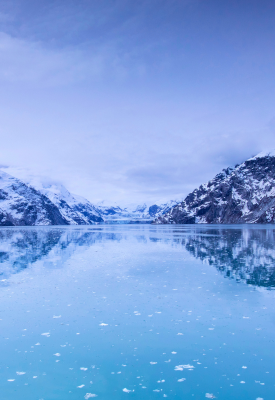 Glacier cruising through icy fjords
Glacier cruising through icy fjords
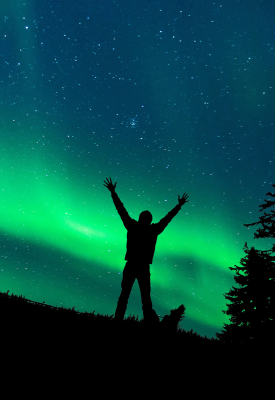 Greatest light show on earth
Greatest light show on earth
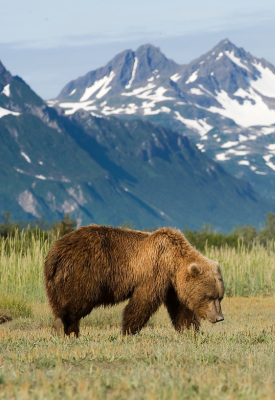 Incredible wildlife
Incredible wildlife
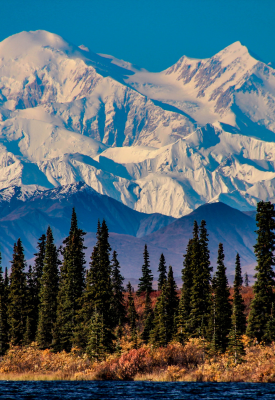 Remote lodges in the wilderness
Remote lodges in the wilderness
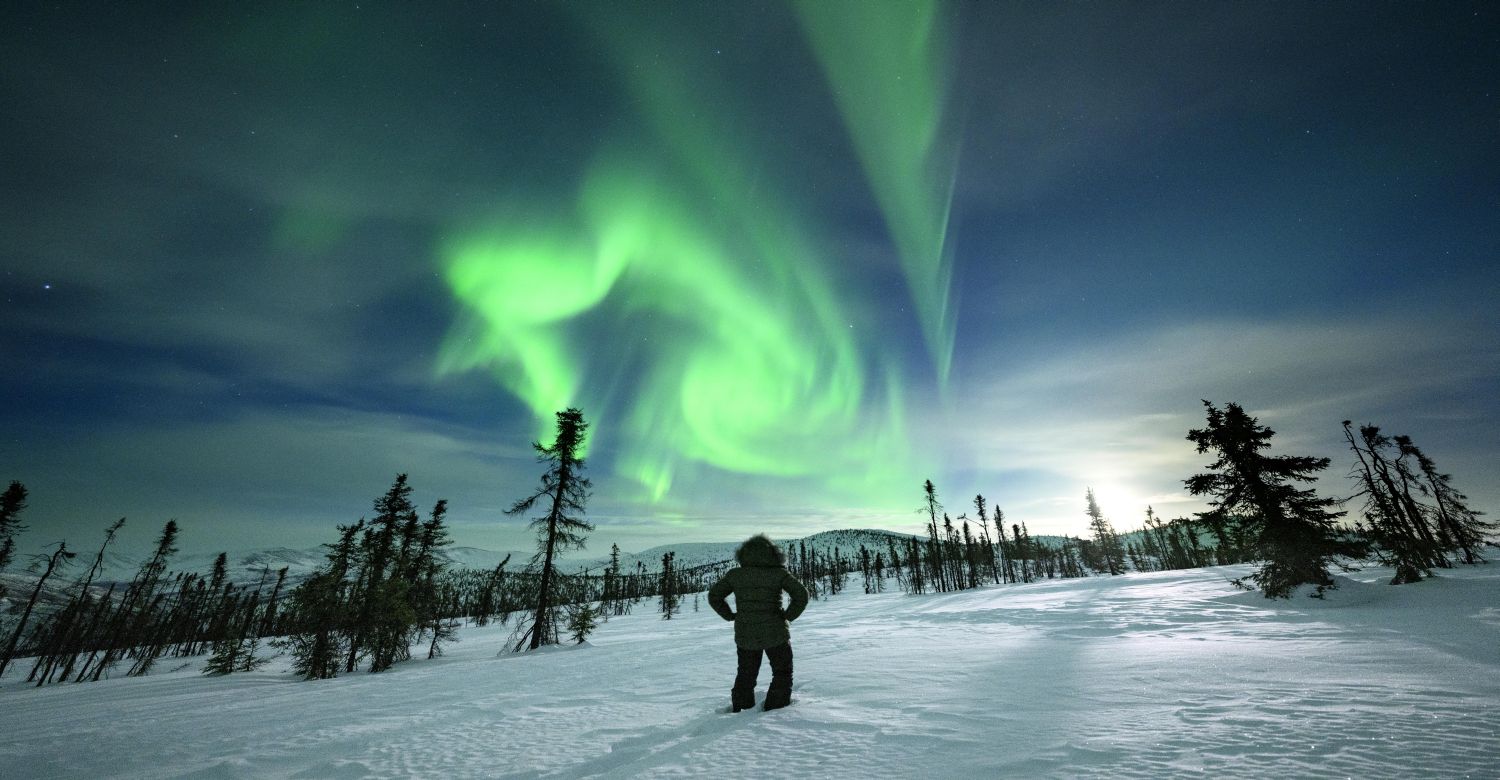
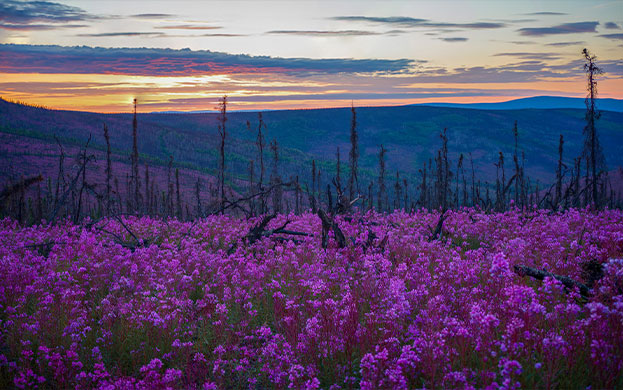
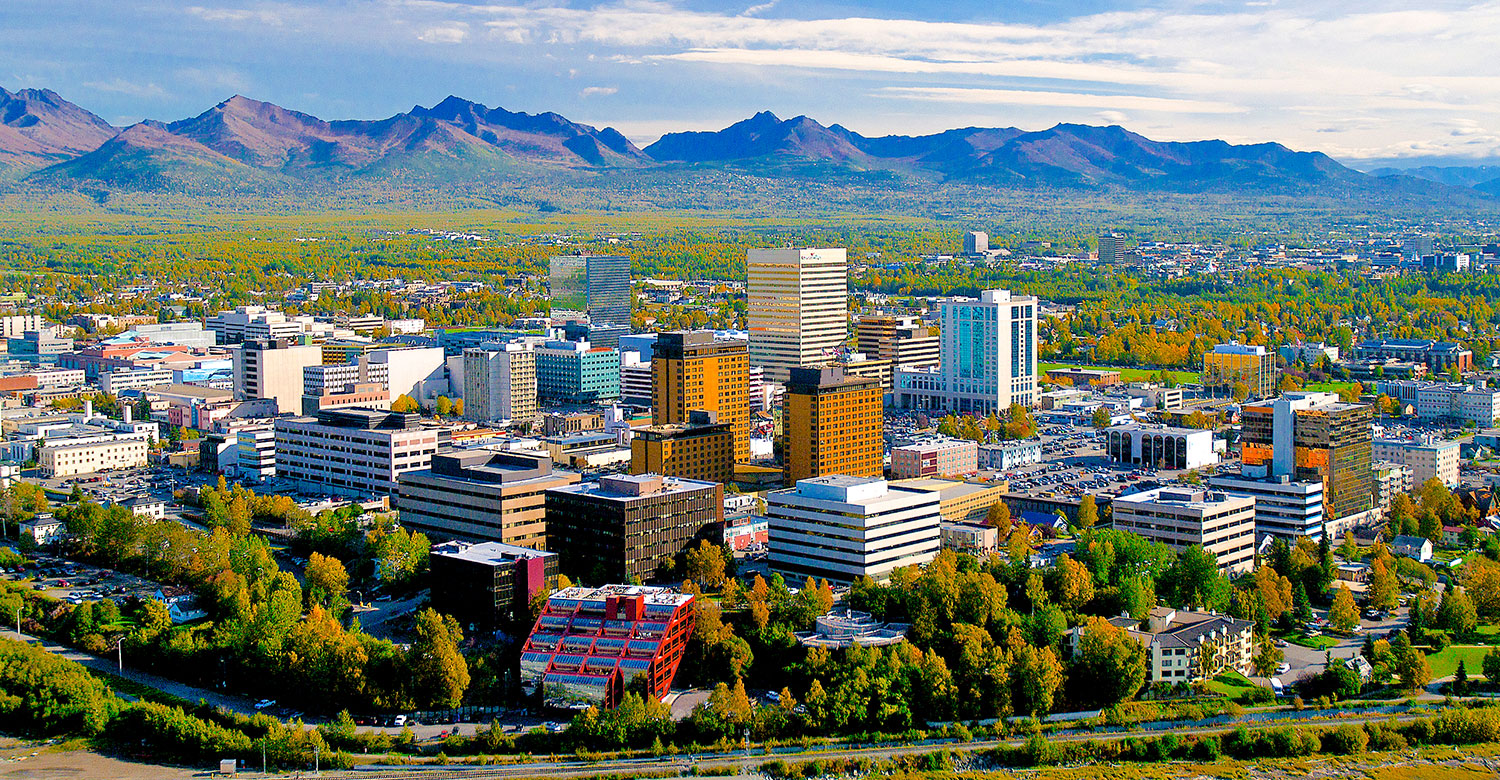



.png?auto=format&w=380&h=214&fit=crop&dpr=2)
.png?auto=format&w=380&h=214&fit=crop&dpr=2)